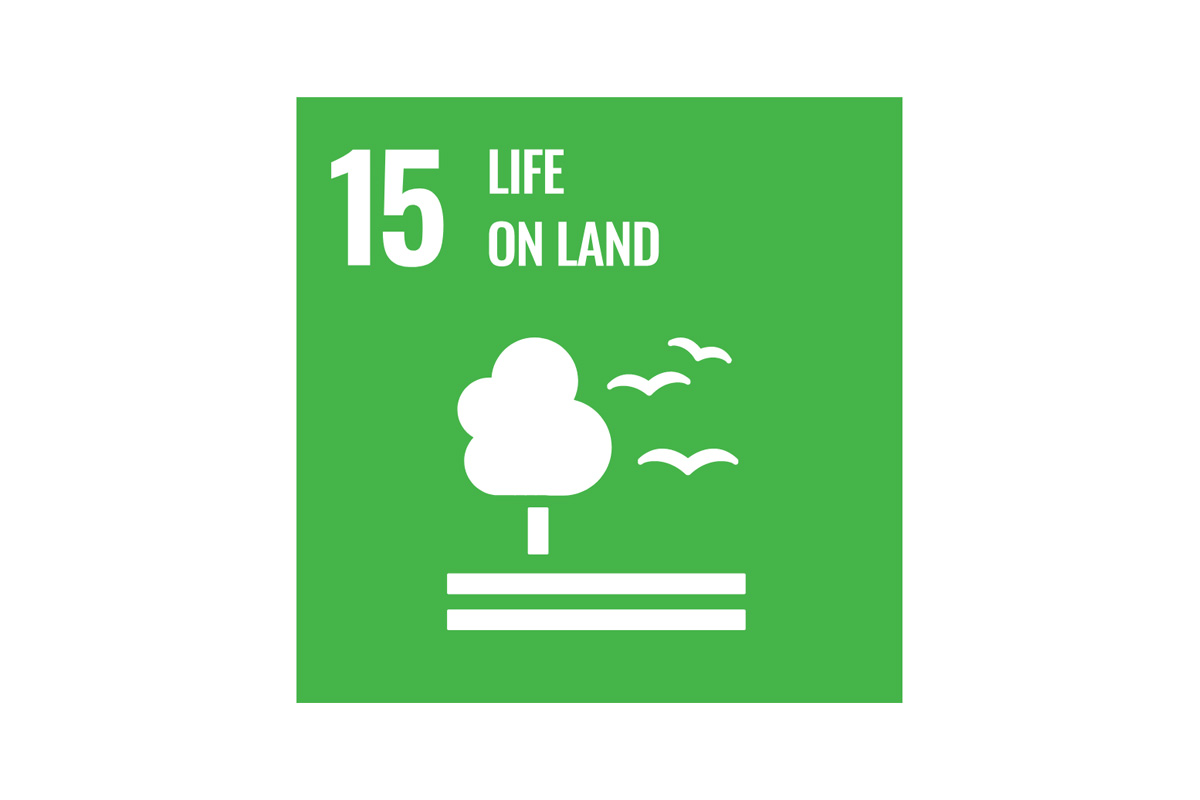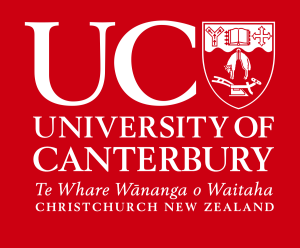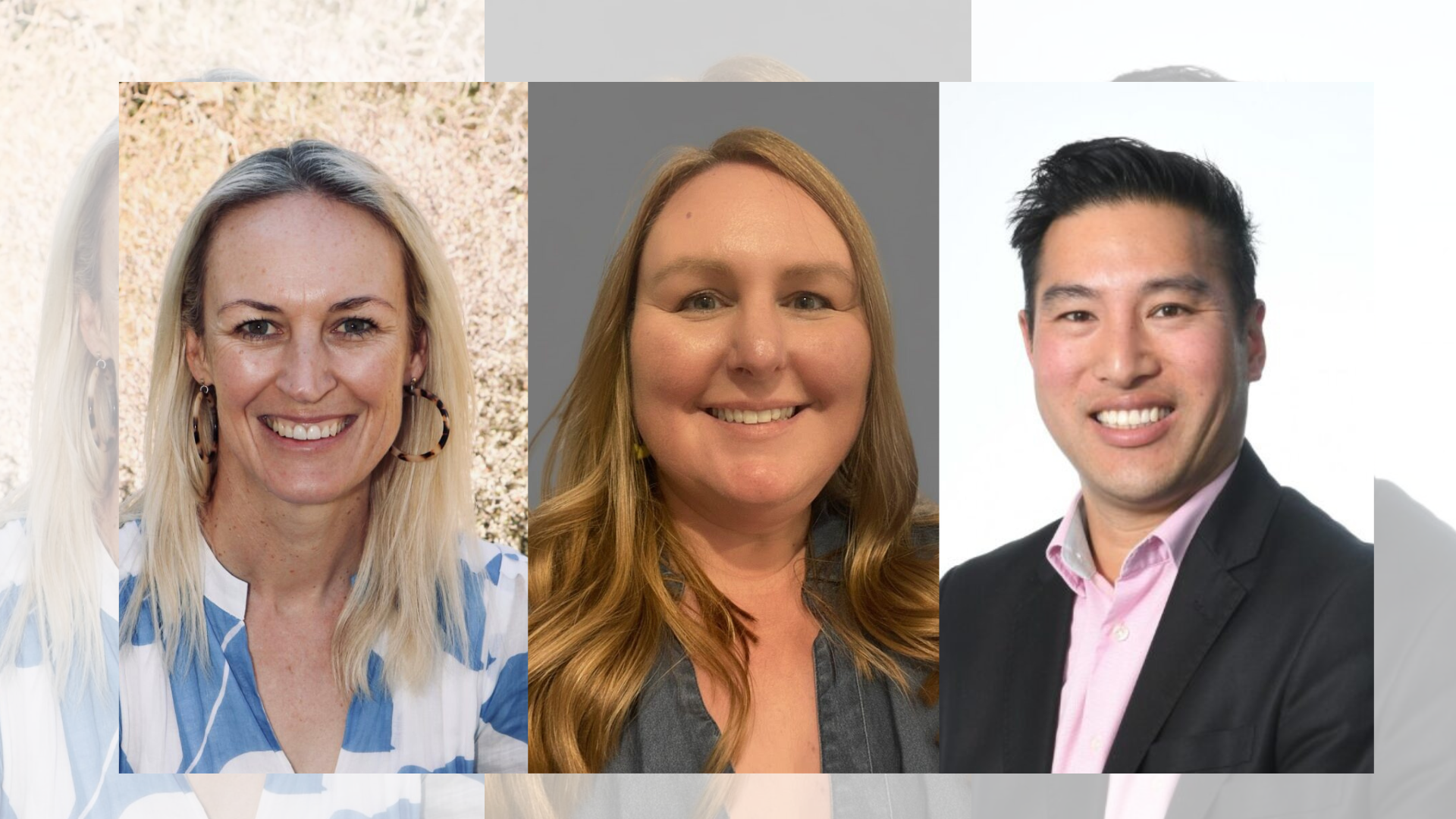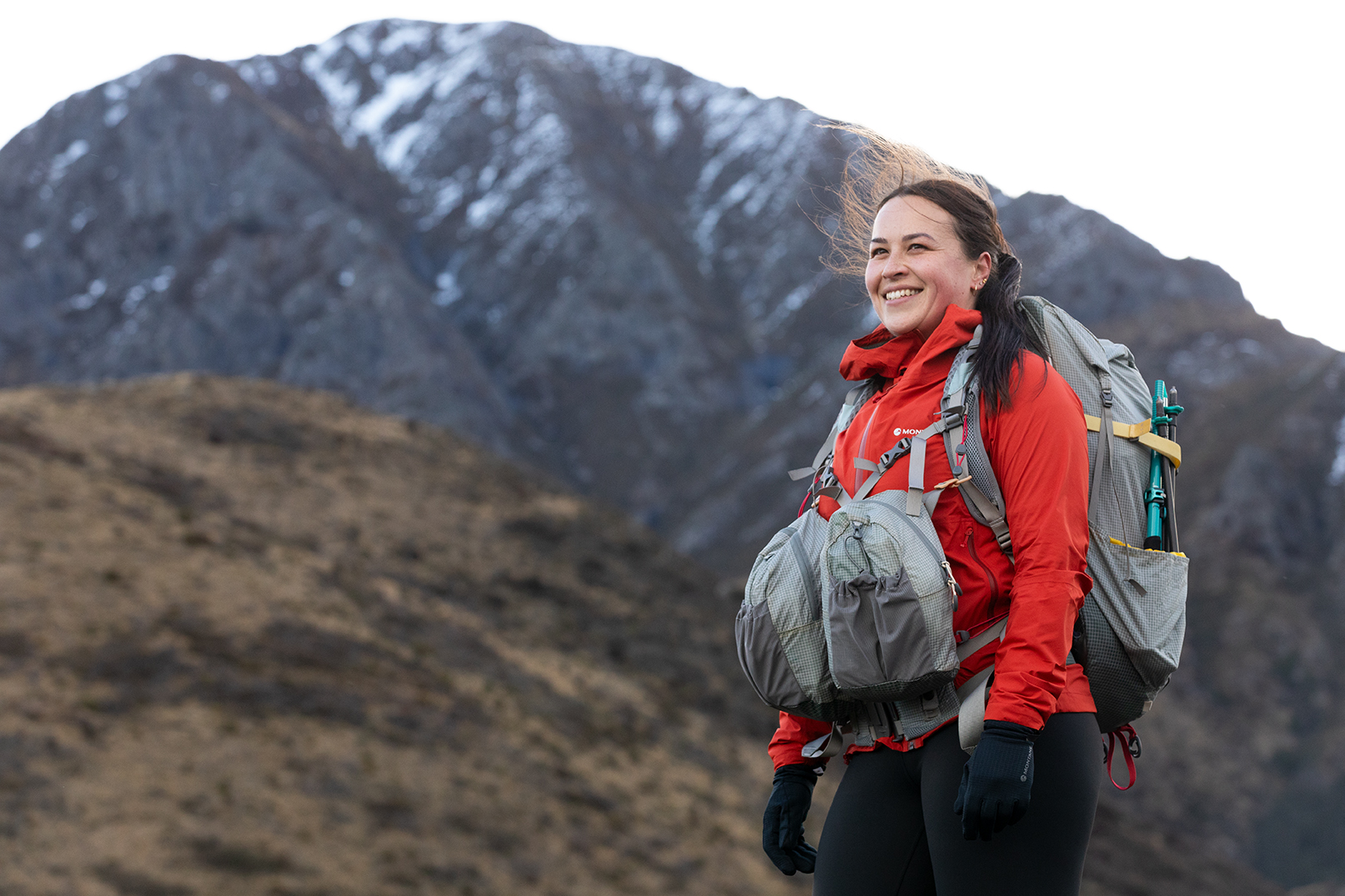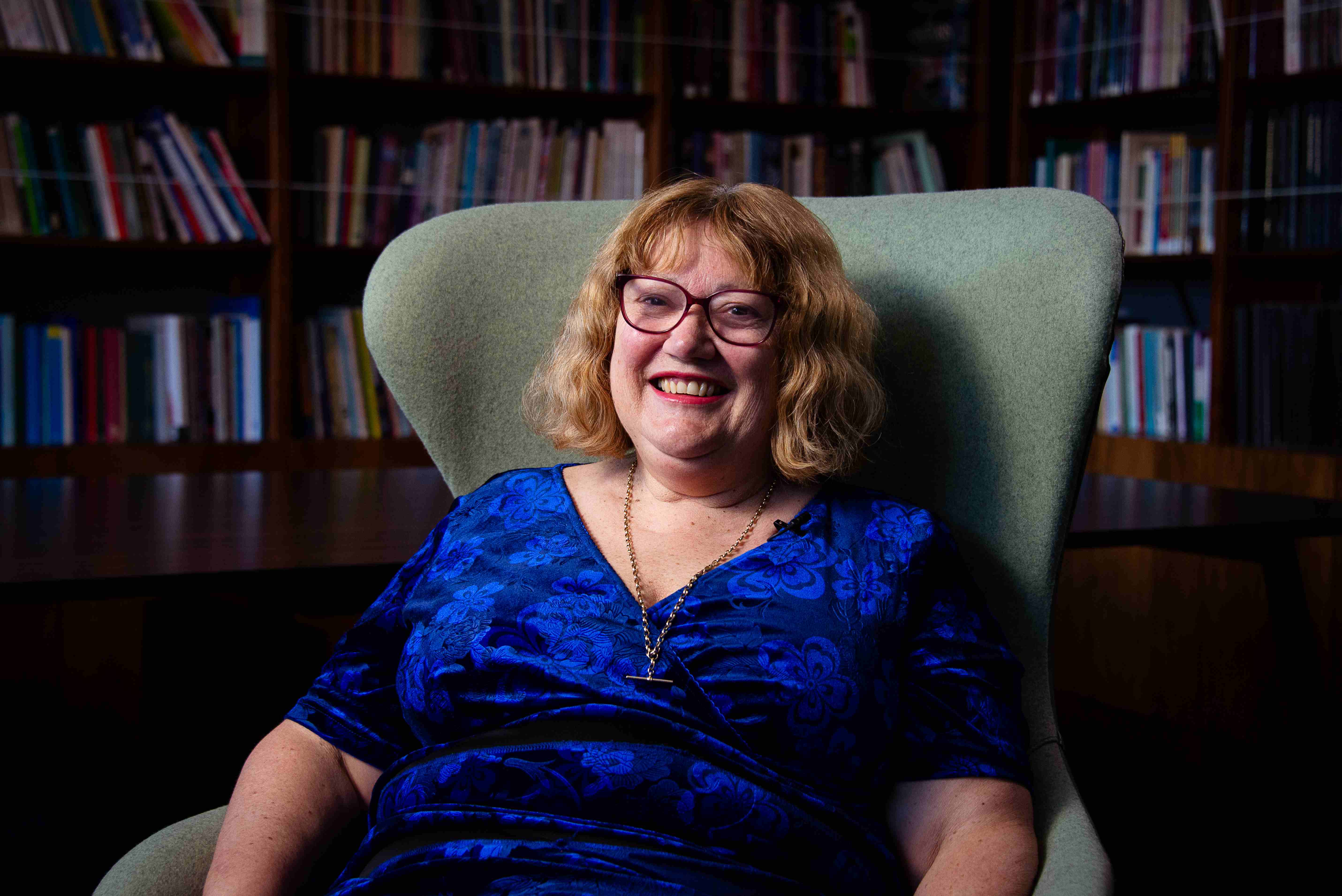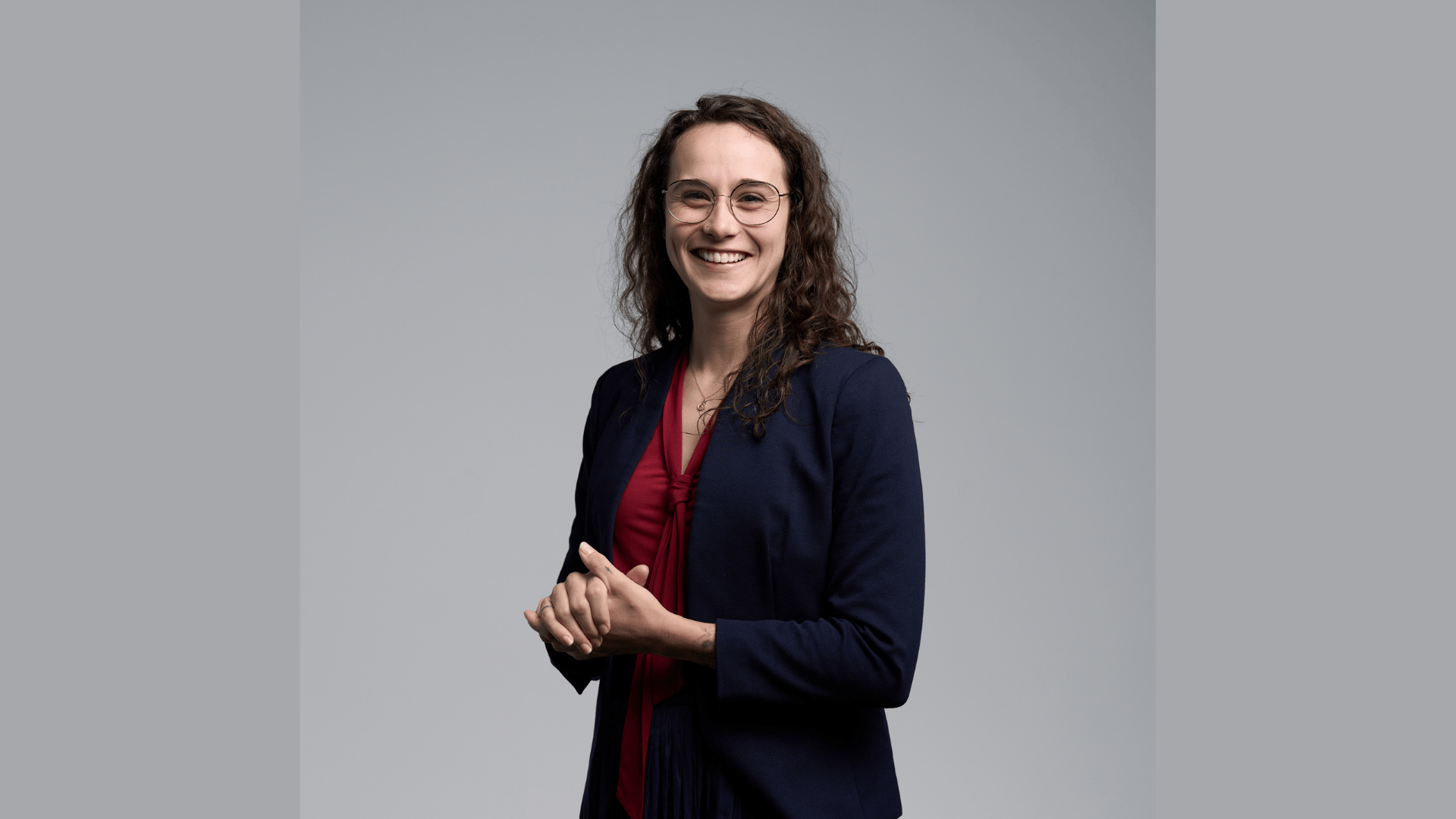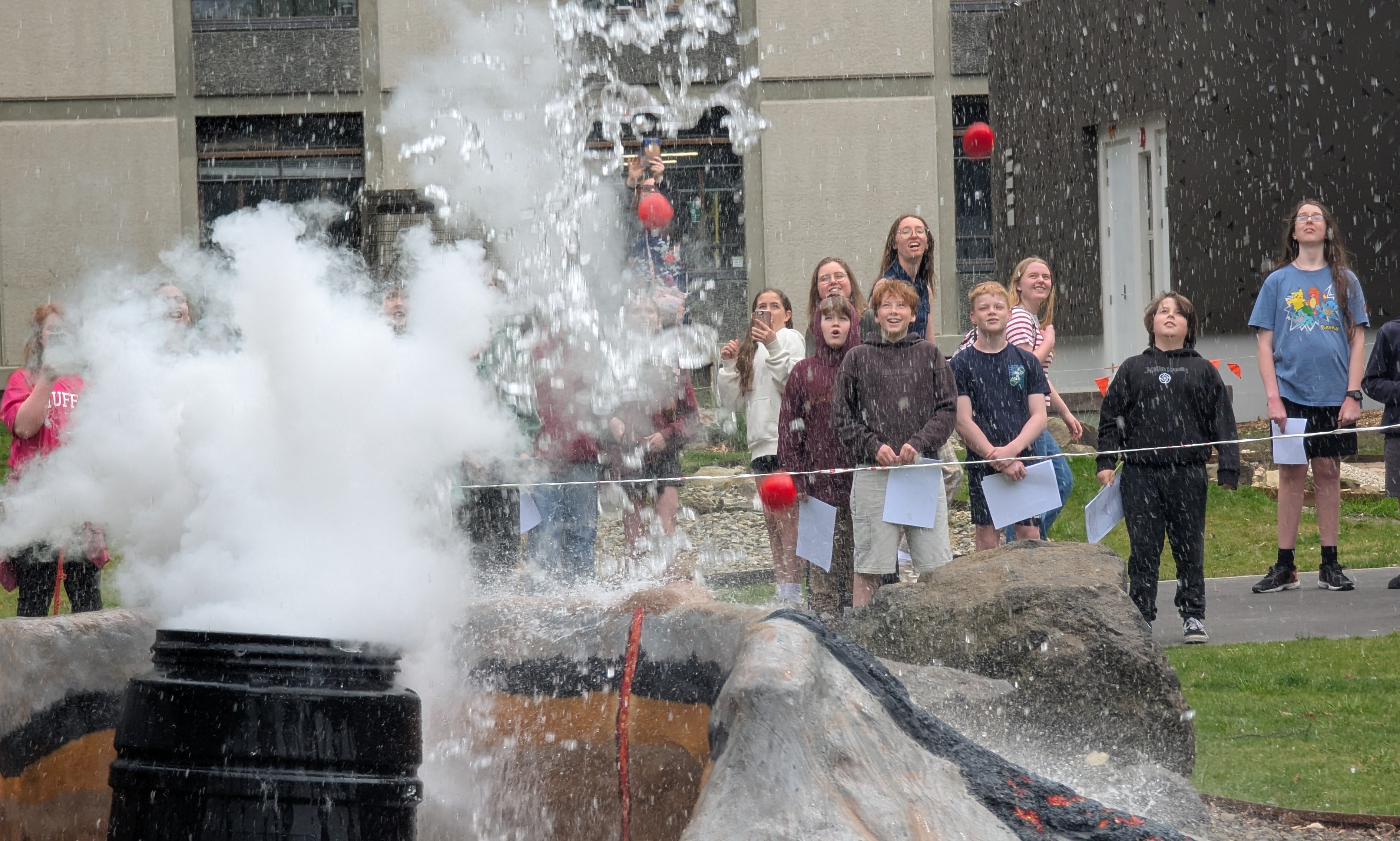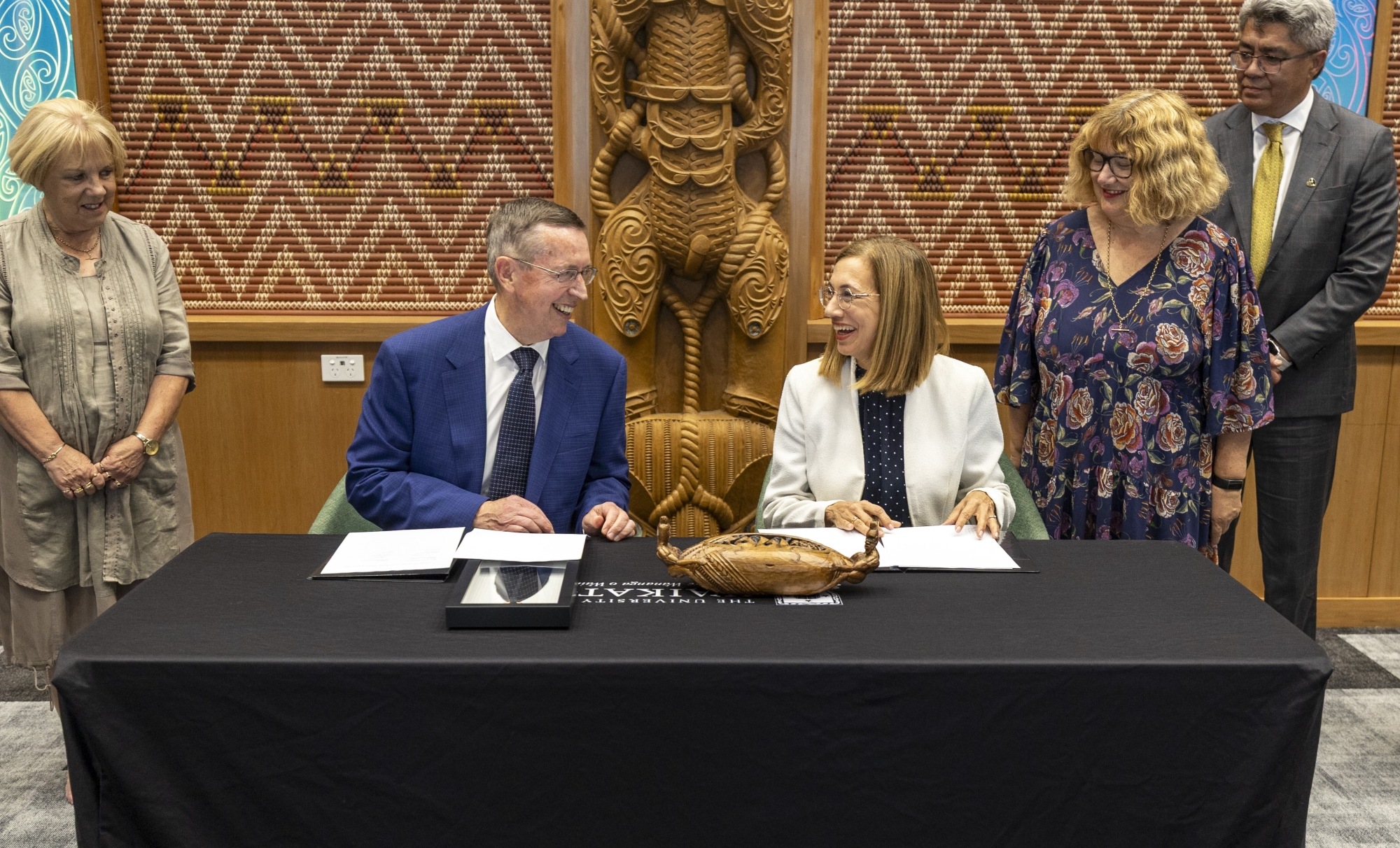Photo Caption: University of Canterbury School of Biological Sciences Professor Matthew Stott and Associate Professor Heather Hendrickson
The Red Zone in Christchurch—once a thriving residential neighbourhood—is offering UC students a rare opportunity to study climate impacts in real time.
A new approach to learning from Te Whare Wānanga o Waitaha | University of Canterbury (UC) is giving students of a 200-level microbiology course the chance to carry out real-impact research.
Course Coordinator Professor Matthew Stott from the UC School of Biological Sciences says the goal is to involve students in research that provides real-world experience and helps build core scientific skills.
“We’re involving students in the study of the microbiomes of Christchurch’s Red Zone so they can learn how we investigate microbiome systems in environments like soil, giving them experience with a real research project while also helping them develop fundamental scientific skills,” Professor Stott says.
“Following the Canterbury earthquakes, large sections of the Red Zone sank by nearly a metre. As a result, saltwater has gradually infiltrated the soil and groundwater in areas that were once gardens, fruit trees, and suburban streets.
“The altered landscape now offers a glimpse into the future for other low-lying coastal communities that may also face the realities of climate change driven sea-level rise and managed retreat,” he says. “So, the students are learning what coastal inundation caused by climate change and sea level rise might look like in the decades to come, by studying it as it unfolds on their doorstep.”
Associate Professor Heather Hendrickson, who teaches in the programme, says the student research will focus on microbial communities and how they evolve with changing salt concentration and groundwater seepage.
“We expect to see significant changes in the microbial community, along with shifts in plant life and landscape. The area is becoming less fertile, with reduced potential for what once thrived there.
"The traditional way of teaching has been to give them small projects in a lab and tell them to go and do it, but they can lose perspective of why that's important."
She says the new approach helps students feel more engaged with and take ownership of the science they’re practising.
"We are training students so that they'll be able to engage in real research in the future. They gain real-world experience by conducting genuine research and learning what controls are needed in real experiments."
Associate Professor Hendrickson adds that this kind of research can also inform climate change planning.
“The project connects with other local research efforts, including monitoring insect ecosystems and tracking how insect life is changing in the Red Zone. Local government groups have also expressed interest in the microbiology of this transition over the next 10-to-12 years.
Having recently received around $14,000 in funding from the Brian Mason Scientific & Technical Trust to support work in the Red Zone, Professor Hendrickson says the students now have a unique opportunity to conduct real-time, firsthand research.
"In 30 years, many places will face what we're already seeing in Christchurch. We have the chance to study it now, almost like time travelling, using this as an experience that a lot of other places don't have quite yet.”
Professor Stott says that while many climate change projections rely on modelling, this project allows students to observe changes as they happen.
“That’s really the core of it, understanding climate change impacts in real time and using it as an opportunity to teach and train the next generation of scientists. I think those two things really helped make the case for support from the Brian Mason Trust."
The programme is also supported by UC’s Professor Ian Dickie and Dr Craig Herbold, who contribute to its delivery and research focus.
